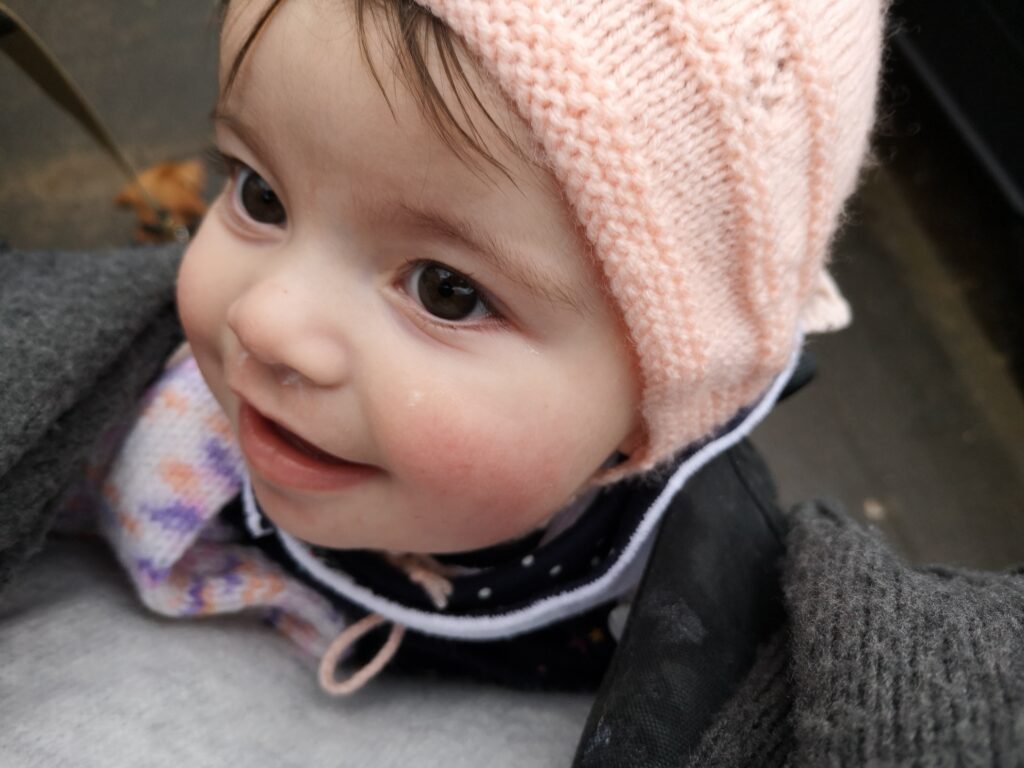Harriet (31) is a mum to Mabel (16 months) who was born with a cleft palate. Here at Mummy Social this isn’t a subject we know much about so Danni had a chat with her to learn a bit more about her this condition and her experience.
Thank you for taking the time to talk to me, Harriet. Could you start by telling us about what a cleft palate is and the different types of cleft palate there are?
A cleft palate is a gap in the roof of the mouth. The back of the palate (towards the throat) is called the soft palate and the front (towards the lips) is called the hard palate. A cleft can affect the soft palate or both hard and soft palate. Clefts can also affect the lip and gum but this is not something I’ve had experience with.
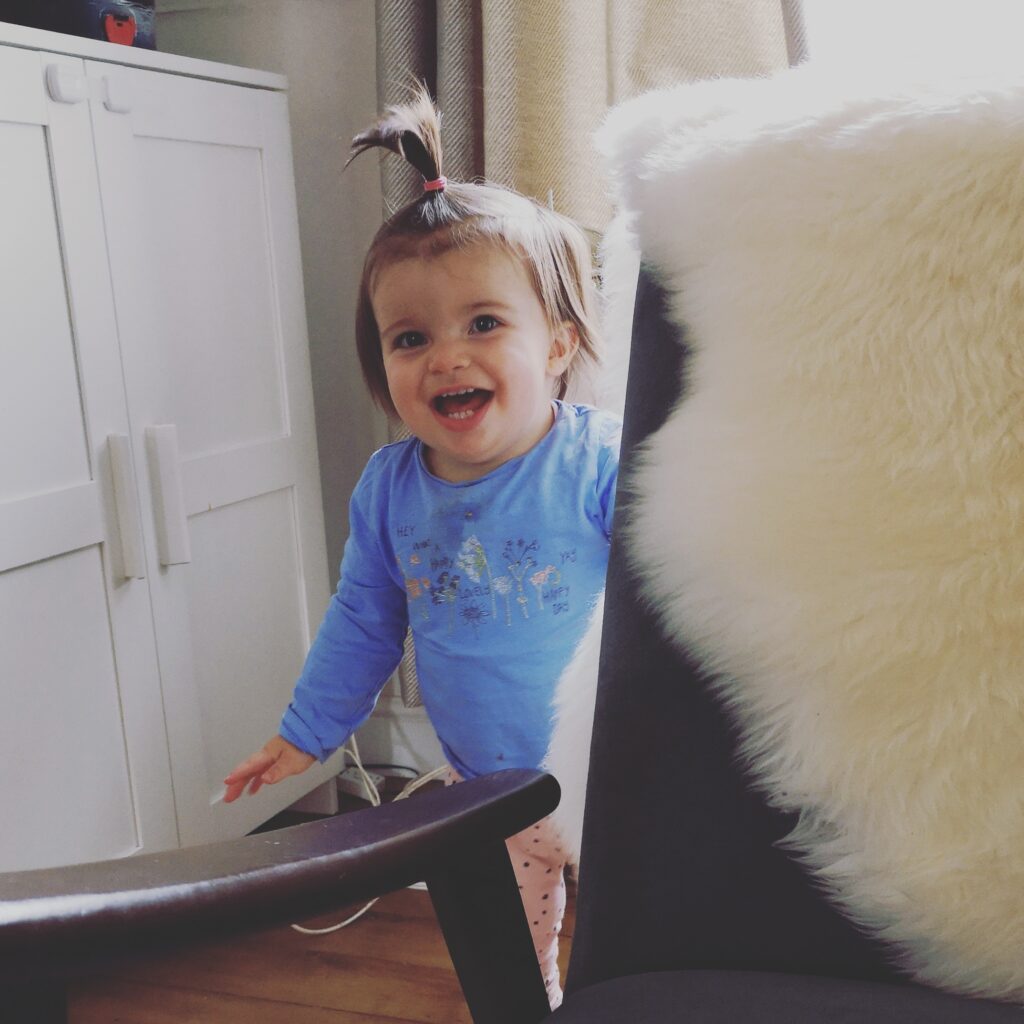
Did you know about Mabel’s cleft palate before she was born? Is this something that is usually detected during a scan in pregnancy or not until the baby is born? What type of cleft palate does Mabel have?
No, I didn’t, as it’s not something that is detected on a scan. I’m not certain, but I think a cleft lip can be detected, but not an isolated cleft palate. Mabel’s cleft was of the hard and soft palate so she had quite a wide gap in the roof of her mouth meaning milk and anything that’s been digested can come right back up through her nose… and it did, a lot of the time!
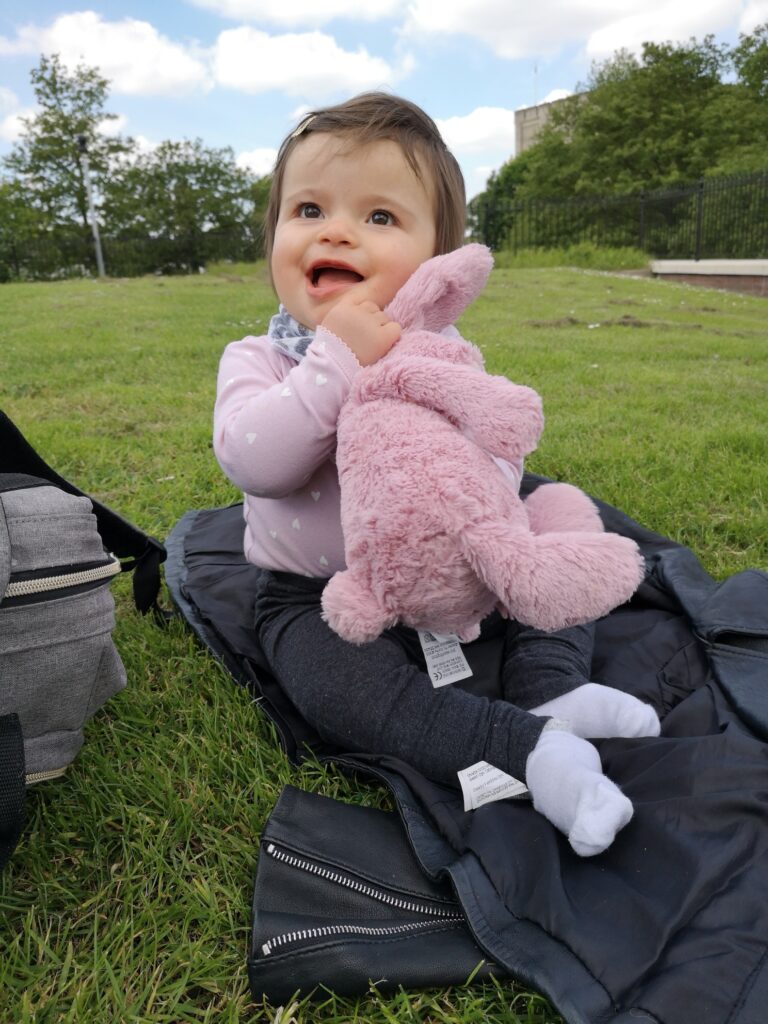
What difficulties can this cause for a baby? Did Mabel experience any of these? What support are you given?
The initial problem is with feeding, babies are born with a natural reflex action involving sucking, breathing and swallowing to feed and forming a vacuum is what allows them to suck. Some babies with a cleft aren’t able to form this vacuum so breastfeeding or regular bottle-feeding is difficult. It’s like trying to drink through a straw that’s full of holes. Mabel was unable to breastfeed which was a struggle (for me mentally) at first as throughout my pregnancy I’d hoped this would be the best option for us, but after 5 weeks of combination feeding (I was able to express, but I found it quite stressful and it wasn’t for me, so we switched exclusively to formula at that point).
Babies with clefts are more susceptible to colic due to air that is ingested when swallowing (although I’m aware many non-cleft babies also experience this) so we went through a good amount of Dentinox and Infant Gaviscon (available by prescription for reflux).. sooo much Gaviscon! This basically helped her to keep her milk down as without a palate the milk comes out of her nose at any time and just upset her so we also tried propping her cot up so it was slanted, she also had a bouncer chair that we would put in her cot so she wasn’t lying flat… Honestly, you become quite creative when everyone needs to sleep!
The support for clefts, in my experience, is brilliant. Mabel’s cleft was discovered during her APGAR test when she was born so we were assigned a specialist who was very understanding and informative. It felt like information overload at the time, as there are many different specialists involved, as with anything, once you know, you just learn how to manage day to day. Mabel has bottles that can be squeezed, this is so that she doesn’t have to work as hard to get the milk otherwise it would be quite exhausting for her.
It is quite common for babies with a cleft to have something called ‘glue ear’ (which Mabel has). It’s when the middle part of the ear fills with fluid and can impair hearing.
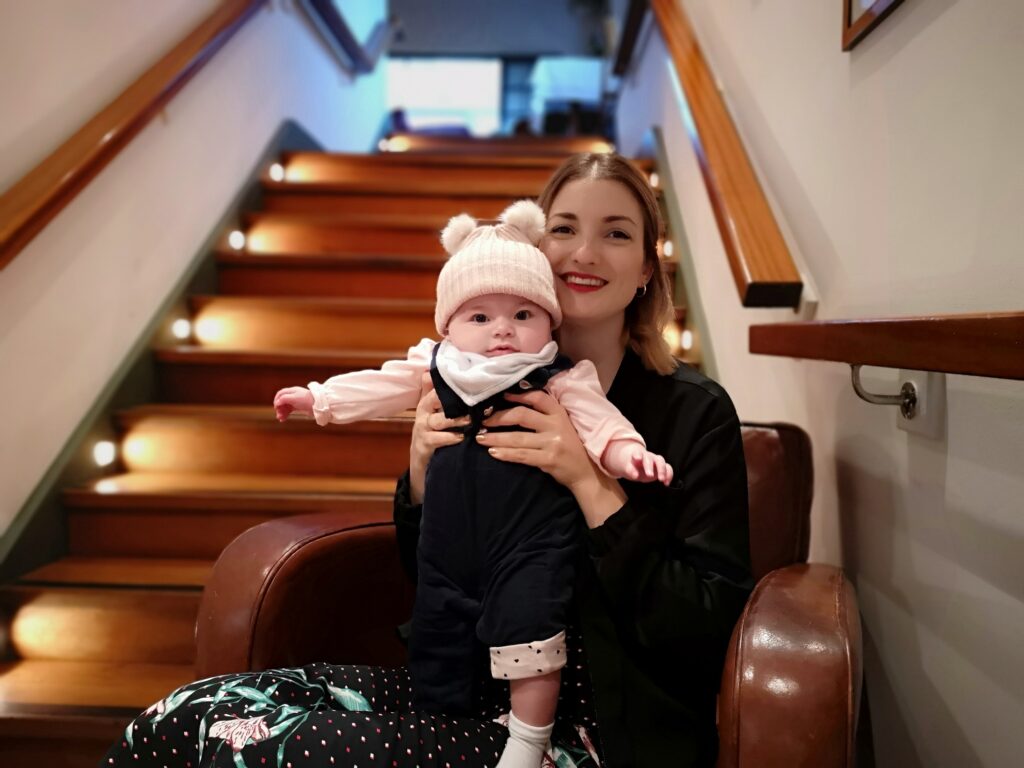
I understand that at the beginning of April this year she had surgery, what did she have done and how was her recovery?
Yes, she had surgery and grommets fitted in her ears at the same time. The palate itself is repaired in layers, with the focus on reconstructing the muscle of the soft palate. The soft palate is important for eating and also speech, so the surgery aims to make this work as well as possible. Sometimes, small incisions are made to the side of the cleft to ‘loosen’ the tissue and give the surgeon more to work with (which Mabel had), but these heal very quickly. We stayed in the hospital for two nights post-surgery and she’s doing incredibly well. She sounds different, her voice is now higher-pitched and so far she’s been able to eat solid food without choking.
This must have been very overwhelming at points, are you able to describe how you’ve felt from discovery to post-surgery?
Mabel is my only child so I have nothing to compare her too, from what I’ve heard, all babies are challenging so you just do what you have to do! From my experience, it’s all manageable, but the hardest part (and still is) lack of sleep. I can sense parents nodding as they read that part! Jonathan and I are very fortunate to have his parents and my mum nearby who have been wonderful. Milk runs, snacks, washing, walks to the park so we can nap etc. We really make use of them!
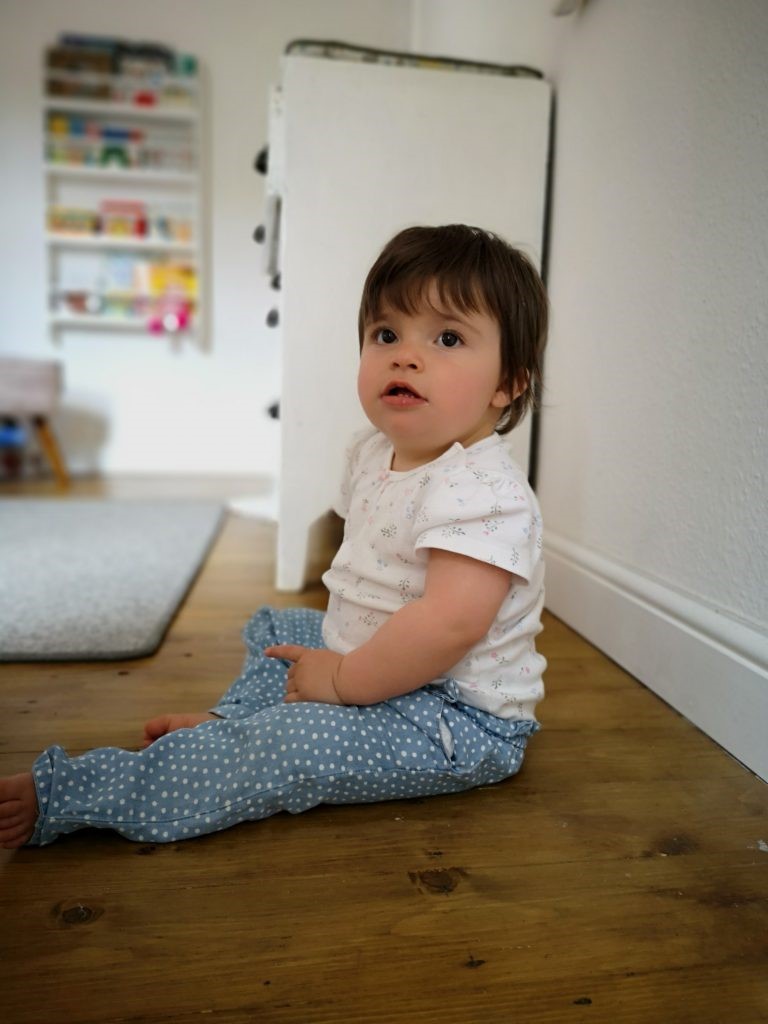
When you tell people about Mabel’s cleft palate how do they react?
People aren’t usually aware as Mabel’s cleft is not visible so you honestly wouldn’t know anything was ‘wrong’ as she’s a very happy smiley baby. I’ve found people are interested to learn about Mabel’s needs but I think sometimes it can be difficult to understand the impact that the palate has on other developmental factors. The palate can have a knock-on effect with hearing, speech and motor skills. The aim is that with the surgery she should be in line with other children by school age.
Mummy Social believes that mummy friends are vital during motherhood, have you had support around you during this journey?
I’ve only recently been chatting to another cleft mum, otherwise, I’ve rekindled some school friendships as we’d had babies at the same time. I’ve found every parent seems to face many similar issues, usually regarding baby bowel movements.
Harriet suggests the following website www.clapa.com (Cleft Lip and Palate Association) if you’d like to find out more on cleft palates.
Interview by Danni, Mummy Social Team
